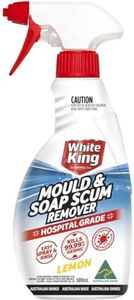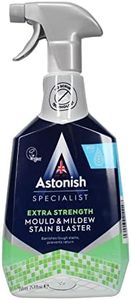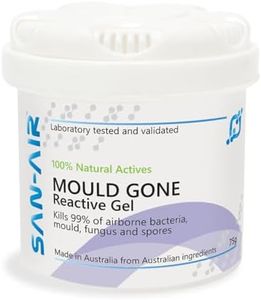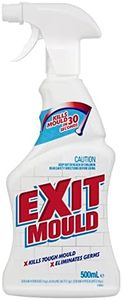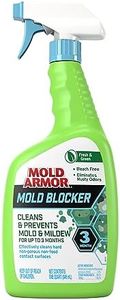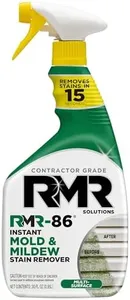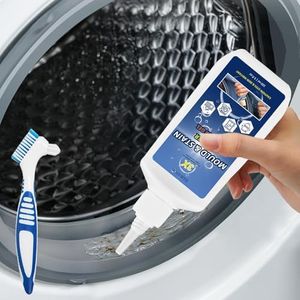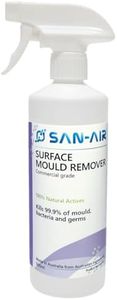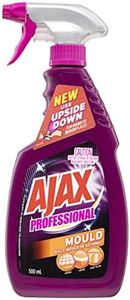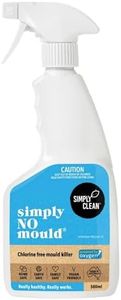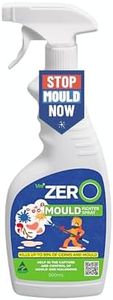We Use CookiesWe use cookies to enhance the security, performance,
functionality and for analytical and promotional activities. By continuing to browse this site you
are agreeing to our privacy policy
10 Best Mold Removal Sprays
From leading brands and best sellers available on the web.Buying Guide for the Best Mold Removal Sprays
Choosing the right mold removal spray can have a big impact on your cleaning success and health. Mold sprays are designed to kill and remove mold from various surfaces in your home, but not all are created equal. It’s important to know where you will use the product (such as bathroom tiles, drywall, fabrics, or wood) and whether you have concerns about fumes, sensitivities, or pets. Start by identifying the extent of your mold problem and the surfaces involved, then review the key product specs to find your best match.Active IngredientsActive ingredients are the chemicals or natural compounds in the spray that do the actual work of killing and removing mold. This matters because some ingredients are more effective on tougher mold growth, while others are gentle for safer or more eco-friendly cleaning. Common options include bleach, hydrogen peroxide, vinegar, or plant-based agents. If you’re dealing with severe mold or want quick results, stronger chemicals like bleach or hydrogen peroxide are effective, but may not be suitable on delicate surfaces or around children and pets. For regular maintenance, minor mold issues or sensitive areas, look for products with milder, non-toxic ingredients. Always check if the active ingredients are safe for your intended use to avoid damaging surfaces.
Surface CompatibilitySurface compatibility refers to the types of materials that the spray is safe to use on, such as tile, grout, drywall, wood, fabric, or painted surfaces. Some sprays can damage certain materials or leave stains. This is important because using the wrong spray might ruin the surface you’re trying to clean. Most products will specify which surfaces they’re safe for, so always match the spray to your cleaning area. If you have a variety of surfaces, pick an all-purpose spray, but for specialty surfaces, make sure the formula matches your need to avoid unintentional damage.
Residual ProtectionResidual protection is whether the spray continues to work after application, helping to prevent mold from coming back. This is key if you’re cleaning areas that tend to stay damp or are prone to recurrent mold, like bathrooms or basements. Some products include ingredients that leave behind a barrier to slow down future mold growth. If you want longer-term results and less frequent cleaning, choose a spray with residual protection. For one-time clean-ups or dry locations, this feature might not be as important.
Odor and ScentOdor and scent describe how the spray smells during and after use. This is important for your comfort, especially in enclosed spaces or in homes with kids and pets. Sprays with strong chemical odors can linger and cause discomfort or headaches, while some are scented or unscented for a more pleasant experience. If you’re sensitive to smells or need to use the spray in living areas, look for low-odor or odor-neutral products. For occasional use in ventilated spaces, scent may be less of an issue.
Ease of ApplicationEase of application refers to how simple it is to use the spray, including packaging design like trigger sprays, foam dispensers, or RTU (ready-to-use) bottles. A convenient spray helps ensure even coverage and can make cleaning less of a hassle. If you need to treat large areas or hard-to-reach spaces, look for products with ergonomic triggers or adjustable nozzles to save effort. For small patches, basic bottles or foam applicators might be enough.
